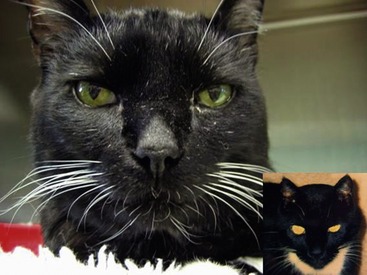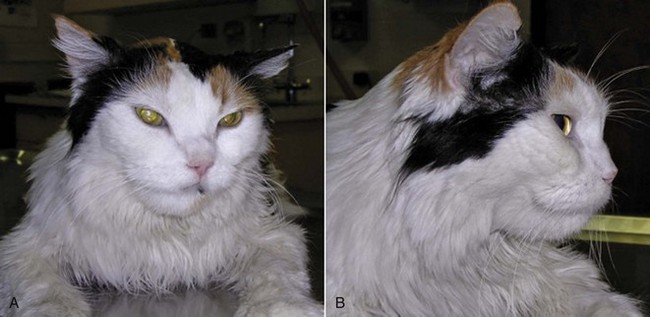acromegaly in cats prognosis
What is the prognosis for cats with acromegaly. Weight loss in cats.

Acromegaly In Cats Symptoms Diagnosis And Treatment
J Feline Med Surg.
. Long thought to be quite rare in cats there is increasing understanding that Acromegaly or Hypersomatotropism is more prevalent than thought. Common symptoms associated with insulin resistance include weight loss despite a good appetite and increased thirst and urination. The median age is 11 years.
The keys to diagnosing Feline Acromegaly. Insulin resistance is generally controlled satisfactorily by using large doses of insulin divided into several daily doses. Insights into veterinary endocrinology.
Specialists confirm the definitive diagnosis through imaging and by measuring the levels of certain hormones in the blood. Definitive diagnosis can be difficult because of the gradual disease onset subtle clinical signs unavailability of relev. Acromegaly is a rare syndrome resulting from the excessive production of the growth hormone somatotropin by tumors in the anterior pituitary gland of adult cats.
Cat Diseases diagnosis Cat Diseases radiotherapy. The primary goal of therapy is to achieve a good quality of life through combating the primary disease process andor secondary complications and ideally both. Confirming a tentative diagnosis of acromegaly is not simple.
Middle-aged and older male cats are the most commonly affected. In most studies at least 23 cats had improved symptoms and 50-92 had improved control of their diabetes. Most affected cats eventually die of congestive heart failure chronic kidney failure or complications of the growing pituitary tumor.
One of the first signs or symptoms of Acromegaly is difficult to control diabetes and insulin resistance leading to very or even extremely high doses of insulin being. The anabolic effects meanwhile are. In the case of cats it may be due to insulin resistance in treatment for diabetes.
Diabetes renal failure congestive heart failure cardiomyopathy. The catabolic actions of growth hormone include insulin antagonism and lipolysis. Excess of the GH causes enlargement of the extremities head feet jaw skull soft tissues tongue heart kidneys liver and increased muscle mass and abdominal enlargement however the most obvious signs appear to be.
Feline acromegaly is a disease characterized by excessive growth hormone secretion leading to a wide array of clinical signs caused by the hormones effects on multiple organ systems. Acromegaly is a condition that comes about when something affects your cats pituitary gland and causes it to secrete more growth hormones than are necessary. Acromegaly is characterized by chronic excessive growth hormone GH secretion by the pituitary gland.
Clinical signs of this syndrome are a result of the hormones direct catabolic breaking down and indirect anabolic building up effects. Feline acromegaly has its origin in an adeno-hypophyseal lesion or an adenoma responsible for deregulation in the. Acromegaly in cats is commonly.
It is a somewhat rare condition which occurs when the cats pituitary gland located at the base of the brain grows a. Other clinical signs due to this disease are. The symptoms of acromegaly in cats are generated both by the effects of GH and by the compression of the tumor in the brain.
The source of the growth hormone is a tumor of the pituitary gland. The average cat survived 25 months after SRT meaning that half of the cats lived a longer time and half lived a shorter time. A blood test called IGF-1 is most commonly used.
Feline acromegaly is a disease caused by secretion of excessive growth hormone GH. The short-term prognosis for cats with acromegaly is good but the long-term prognosis is poor. Other signs that acromegaly may be present include a broadened face growing paws and a protruding jaw or growing lengthening teeth and gums.
This tends to increase in size creating problems even at. However cats of any age or sex can develop acromegaly. In this pathology a characteristic symptom is the development of type II diabetes mellitus due to hormone-induced insulin resistance.
Print off the owner factsheet on Acromegaly in cats Acromegaly in cats to give to your client. Feline acromegaly is caused by a pituitary adenoma that secretes excessive amounts of growth hormone. This is most often caused by an abnormal growth or tumor in the pituitary gland and the hormones may vary somewhat.
Acromegaly in cats causes multiple complications. Acromegaly is a disease that can lead to serious comorbidities in cats eg. The short-term prognosis in cats with untreated acromegaly is fair to good.
An essential differential diagnosis for the difficult diabetic. These often include unusual growths in the cats face abdominal enlargement and cardiomyopathy or heart disease. The longterm prognosis is relatively poor however and most cats die of.
Most die of complications eg congestive heart failure Heart. Excessive growth hormone in cats is also called acromegaly or hypersomatotropism. Feline acromegaly is most commonly caused by a functional pituitary tumor.
Acromegaly should be considered in any diabetic cat with insulin resistance. IGF-1 levels rise with chronically high growth hormone levels but insulin treatment can do the same thing which is problematic since cats with acromegaly often are already being treated for diabetes and untreated diabetics can have. Fortunately it is considered an uncommon disease although experts feel that it is probably underdiagnosed.
The condition is oftentimes difficult to diagnose as the symptoms are. A conservative or definitive approach can be chosen alongside addressing acromegaly-associated complications. These effects can be divided into two major classes.
The diagnosis of acromegaly is made with a blood test IGF-1 levels and then confirmed with a CT CAT scan andor MRI enlargement of the pituitary gland is seen. Acromegaly in Cats Causes. Acromegaly typically affects middle-aged to male domestic shorthair or longhair cats.
Chronic kidney disease neurological signs or euthanazed due to painful polyarthropathy. Sometimes owners will. Acromegaly Cushings Disease and Feline Diabetes.
Feline acromegaly has its origin in an adeno-hypophyseal lesion or an adenoma responsible for deregulation in the production of GH the growth hormone. The prognosis for feline acromegaly varies and can be very difficult to predict for an individual cat. Acromegaly in cats is mainly caused by the presence of a pituitary adenoma that is a non-malignant but productive tumor responsible for the overproduction of growth hormone.
Survival time 8-30 months. Congestive heart failure renal failure Kidney. Acromegaly is most commonly seen in older 10 years old neutered male cats that have insulin-resistant diabetes mellitus.
Pasireotide for the Medical Management of Feline Hypersomatotropism Why vets are often missing the cause of Feline Diabetes. Mild cardiac disease can be managed with diuretics and vasodilators. Characteristic effects of excessive growth hormone secretion include the development of diabetes mellitus and growth of the acral segments of the body jaw extremities skull etc.
Pharmacological Treatment With Cabergoline In Three Cats With Acromegaly

Pdf Acromegaly In A Non Diabetic Cat

Feline Acromegaly The Keys To Diagnosis

Insulin Dependent Diabetic Cat Study

Update On Feline Acromegaly Niessen 2013 In Practice Wiley Online Library
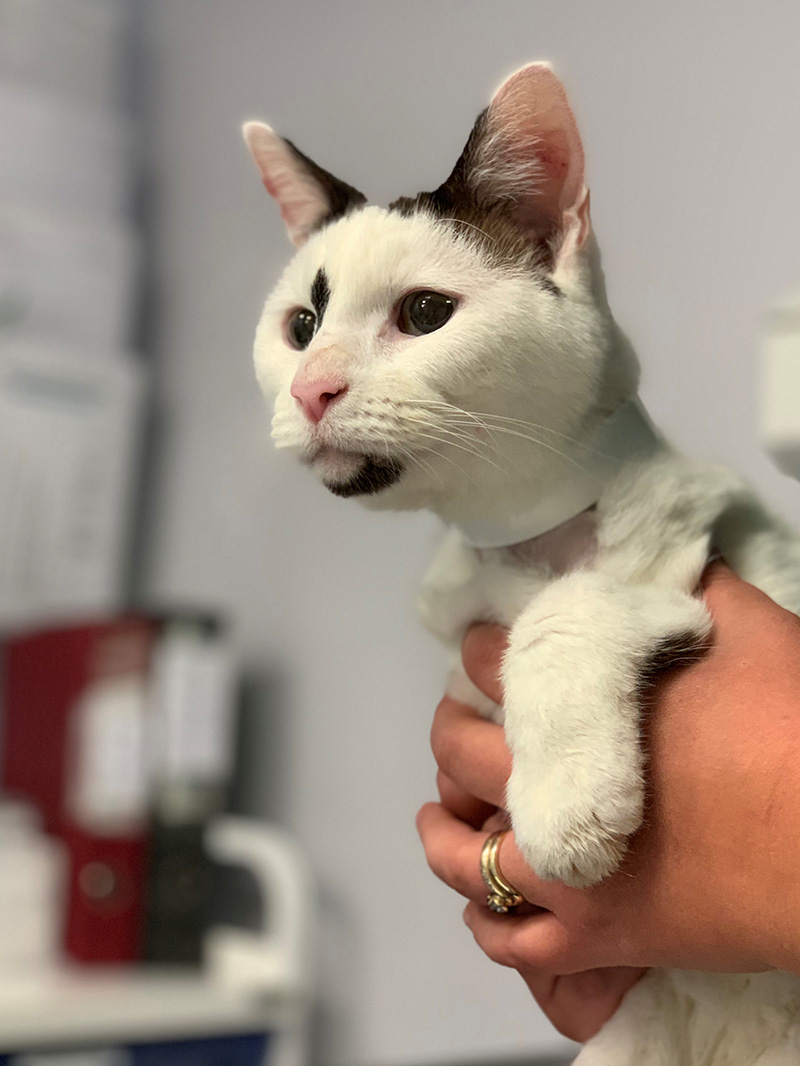
Pioneering Hypophysectomy Treatment Reaches 100 Case Milestone

Acromegaly In Cats The Veterinary Nurse

Diagnosis Feline Acromegaly Tufts Catnip

Acromegaly In Cats The Veterinary Nurse
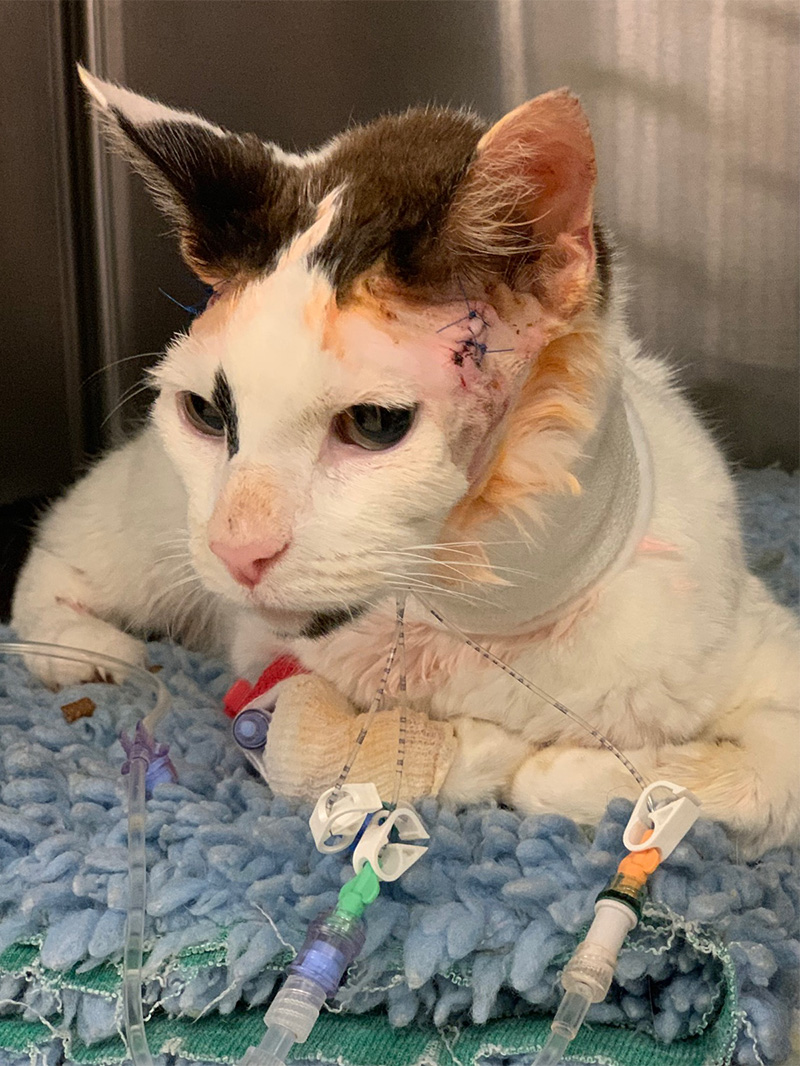
Pioneering Hypophysectomy Treatment Reaches 100 Case Milestone

Acromegaly In Cats The Veterinary Nurse

Acromegaly In Cats The Veterinary Nurse
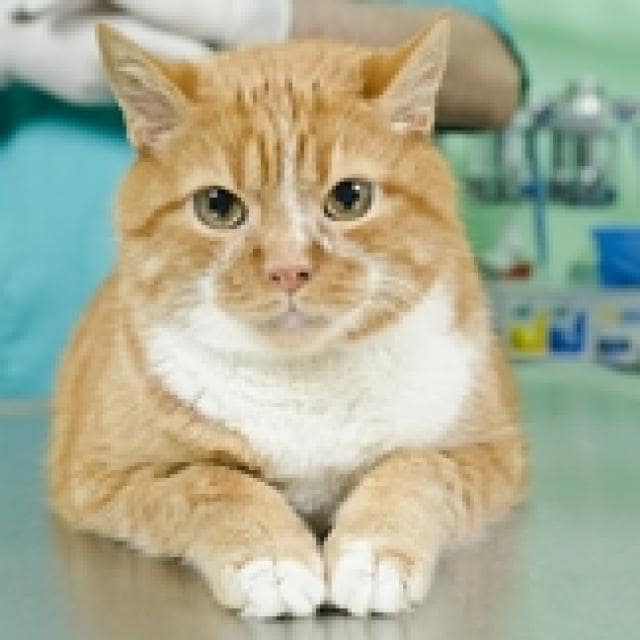
Acromegaly In Cats Rare But Probably Underdiagnosed Petmd

